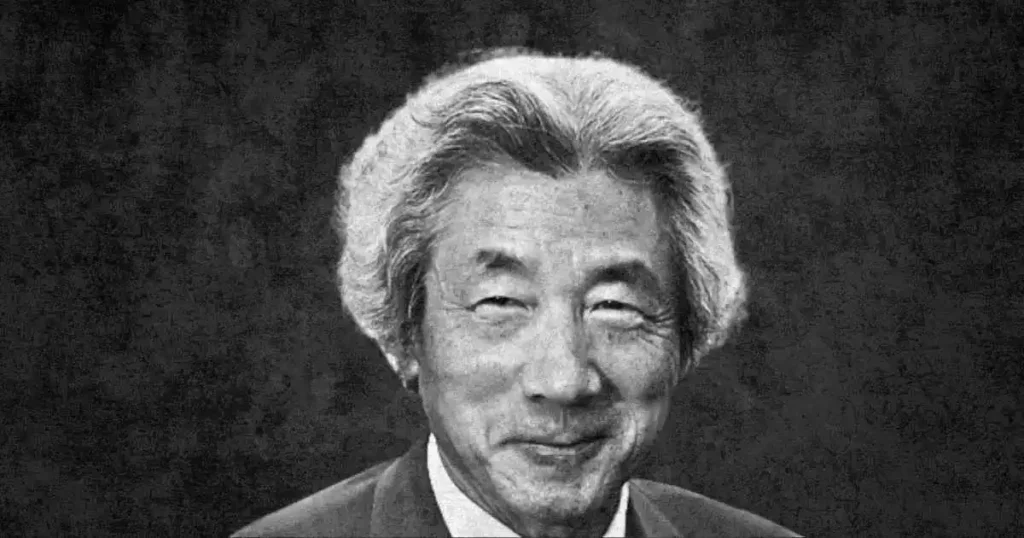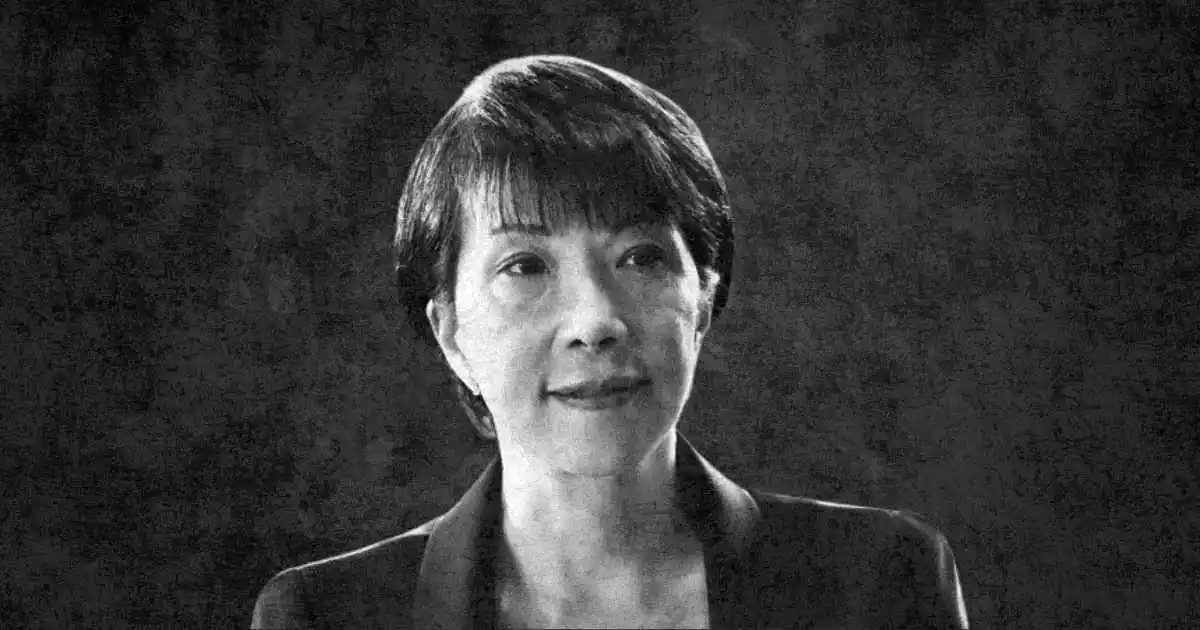If you follow Japanese politics, one name has been constantly in the headlines recently: Sanae Takaichi. This 64-year-old leader is poised to become Japan’s first female Prime Minister. In a country where only men have ever held the helm of power, Takaichi’s rise represents a turning point. However, her story extends beyond being the “first female Prime Minister.” Behind it lies a long journey filled with hard work, opposition, and a distinct vision.
Sanae Takaichi was born on March 3, 1961, in Nara, Japan. This is Japan’s former capital, a place where tradition and religion are deeply rooted. Her father was a salesman for a machinery company, and her mother worked in the police department. While discipline prevailed at home, Takaichi yearned for something different from a young age.
As a teenager, she developed a passion for music, a hobby far removed from politics. She rode a motorbike, played drums, and was a fan of heavy metal bands like Iron Maiden and Deep Purple. She admitted that whenever she’s in a bad mood, she still finds solace by playing “Burn” on her electric drum set.
In college, she studied business management at Kobe University. At the time, perhaps no one would have imagined that this motorcycle-riding girl would one day become a prominent figure in Japanese politics.
Sanae Takaichi Story Steps into Politics
Sanae Takaichi briefly worked as a TV anchor before entering politics. But in 1993, she ran for election as an independent candidate for the first time and won. This was a period of significant upheaval in Japanese politics. The ruling Liberal Democratic Party (LDP) had been ousted from power for the first time, and new voices, such as Takaichi’s, were emerging.
However, Takaichi quickly realized that gaining a foothold in the real corridors of power required the support of the party. She soon joined the LDP, the same party that ruled Japanese politics for decades.
Her career had its share of ups and downs. She held various portfolios, including internal affairs, economy, and economic security. However, her true identity was revealed when she became a close associate of former Prime Minister Shinzo Abe. Like Abe, Takaichi is influenced by nationalist ideology. This is why she is often referred to as “Japan’s Iron Lady,” a nickname inspired by former British Prime Minister Margaret Thatcher.
ALSO READ
Trump Announced 2026 G20 Summit Will Be Held at His Doral Resort
Inspiration from Thatcher, but a Different Path
Takaichi herself says that Thatcher inspired her; she was a woman of strong decisions who feared criticism. Takaichi possesses the same tenacity. However, her perspective on social issues is more traditional.
She opposes same-sex marriage, believes that having different surnames can weaken the family, and also disagrees with the idea of a female emperor. This means that despite being a woman herself, she doesn’t support the policies that feminist groups want to advance.
According to many Japanese analysts, this is why Takaichi is considered not a “leader of change for women” but rather a “female face of traditional views.”
When Prime Minister Shigeru Ishiba resigned in 2025, taking responsibility for the election defeat, the LDP faced a significant question: who would be the next leader?
There were five candidates within the party. Among them was Agriculture Minister Shinjiro Koizumi (son of former Prime Minister Junichiro Koizumi), who enjoyed support from the youth. But Takaichi ultimately prevailed.

This victory wasn’t just a political achievement; it was a moment to be recorded in history. In a country like Japan, where women’s representation in parliament is extremely low, Takaichi’s rise to the top represents a significant change.
Now that the LDP remains the largest party in parliament, Takaichi’s path to becoming prime minister is almost clear.
However, Takaichi faces no easy task. The country’s economy has been sluggish for several years, inflation is rising, and the incomes of ordinary people are stagnating. She has already indicated that she wants to boost the economy by increasing spending, even if it means borrowing.
She has stated that “the goal is economic growth, not just fiscal discipline.” This means she wants to follow the same path adopted by Shinzo Abe, promoting growth through government spending and low interest rates.
But Japan’s central bank is now considering raising interest rates because inflation is spiraling out of control. Therefore, Takaichi will have to exercise caution in her economic decisions.
Toughness in Foreign Policy
Takaichi has a very tough stance on foreign policy. She is cautious about China, has made statements in support of Taiwan, and favors increasing the defense budget.
Her first major diplomatic test will be a meeting with US President Donald Trump. Trump has already demanded increased defense spending from Japan. Takaichi will strive to maintain Japan’s autonomy while maintaining strong ties.
Criticism of her increased when she stated that she did not consider Japanese soldiers convicted during the war as “criminals” because “after completing their sentence, they became ordinary citizens.” This statement sparked controversy in countries such as China and South Korea.
Takaichi is known in politics as a “woman who speaks the language of men.” In the words of Waseda University politics professor Mieko Nakabayashi, “She says things that older men usually say, and that is why she is popular within the party.”
She is neither active on social media nor gives emotional speeches at public events. Her focus is always on work. In a recent speech, she said, “I want to abandon terms like ‘work-life balance.’ There is a mountain of work ahead, and everyone has to work like horses.”
Her strictness appeals to some, while intimidating others. But there’s no doubt that Takaichi is extremely serious about her work.
Her life is a story full of contradictions.
On one hand, she was a drummer in a rock band in her youth, and on the other, she is now considered Japan’s most authoritarian leader.
She previously led the “Cool Japan” campaign, which aimed to promote Japanese culture and technology worldwide. During that time, she demonstrated that she’s not just a policymaker, but a planner who pays attention to details.
She has a habit of working late into the night and even staying in the office on weekends. She says, “If I have to go to dinner or a party, I prefer to read or learn something new instead.”
The biggest question facing Takaichi is whether she will become the “first female prime minister” or whether she will also bring about concrete change.
Many consider this a significant achievement for women in Japan, but Takaichi’s ideology is not particularly promising. She holds a traditional mindset and often avoids issues related to women’s rights.
Nevertheless, her success symbolizes that even in a country like Japan, women can reach the highest positions of power, regardless of how difficult the path may be. Takaichi must now unite her party, regain public trust, and lead the country toward economic and political stability.
Her biggest test will be in parliament, where the LDP is no longer as strong as before. She will have to work with the opposition to pass laws and demonstrate to the people that she is not only “tough” but also “competent.” If she can prove this, Takaichi won’t just be Japan’s first female prime minister; she could also change the way society thinks, as power has traditionally been considered a domain reserved for men.
Sanae Takaichi’s story may seem like a film script from a young motorcycle rider to a candidate for prime minister. But it’s actually a reflection of a generation in Japan that craves change, yet also wants to remain rooted in its traditions. Takaichi may be conservative in her views, but her rise proves that the landscape of politics is changing and that women’s voices are gradually gaining louder prominence.
My name is Farhad Dawar and I am graduate of the Institute of Media and Communication Studies Bahaddin Zakariya University Multan Pakistan. I’m passionate about journalism and media, and I believe in journalism of courage, uncovering the truth, and shaping the future.


















